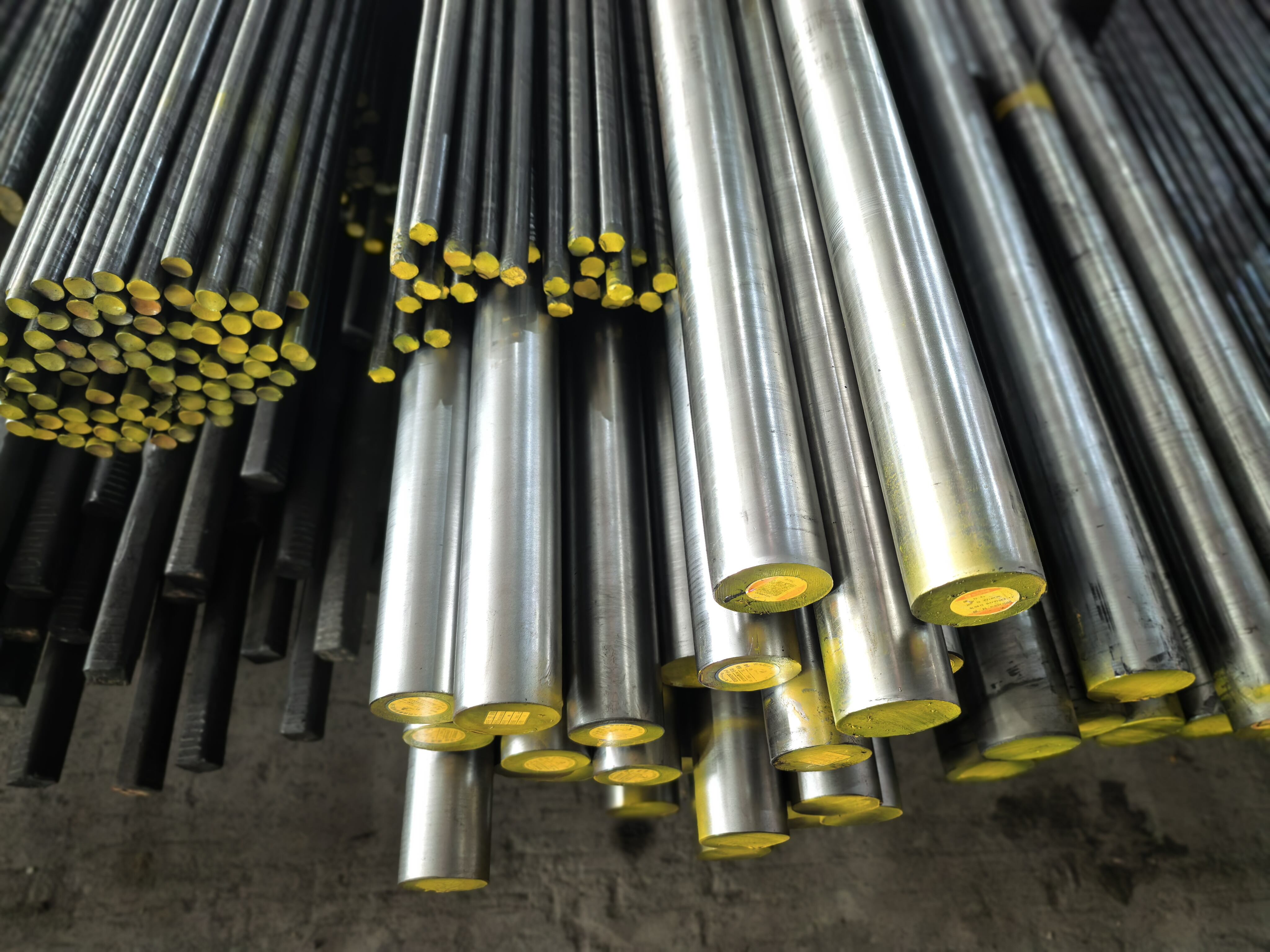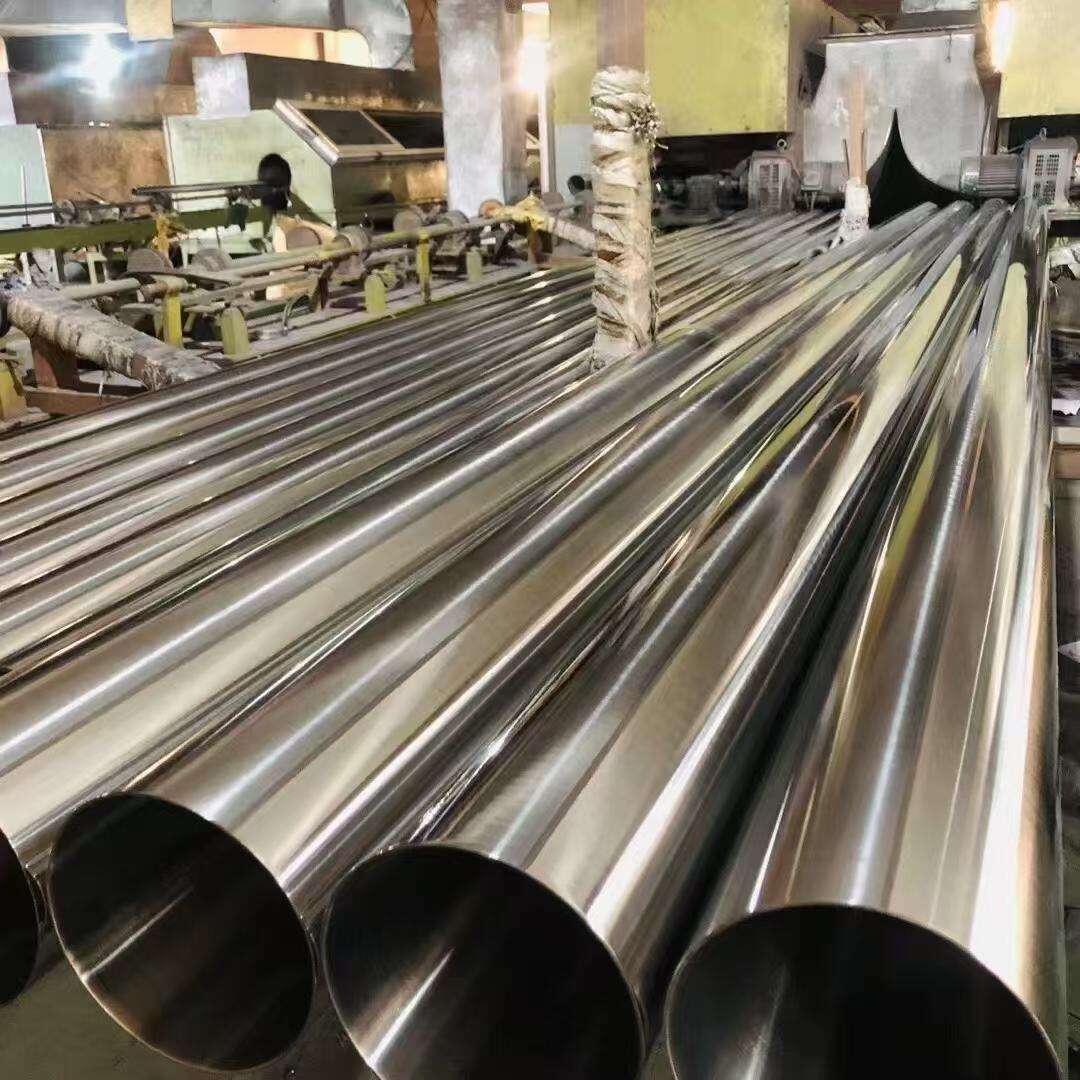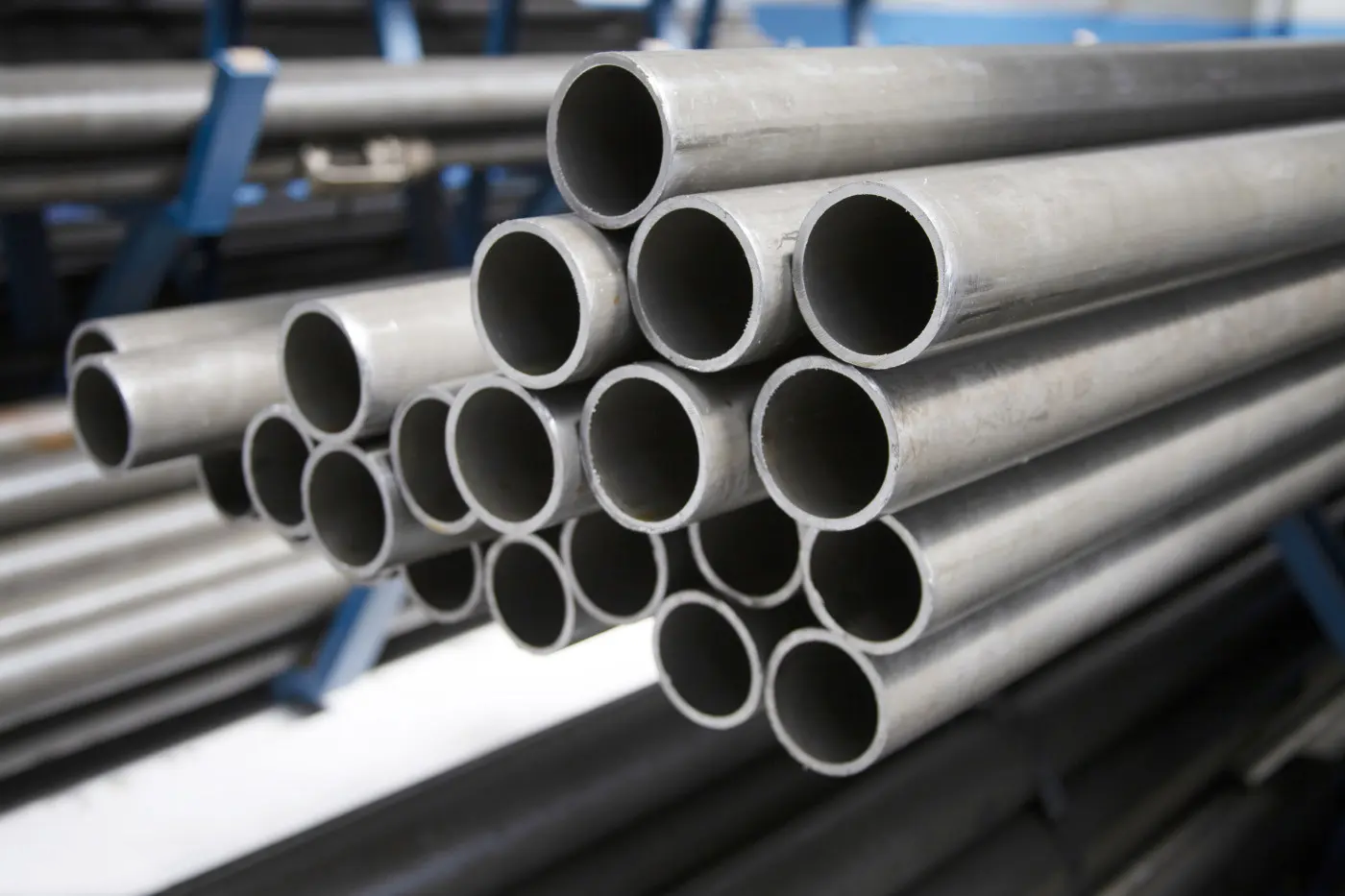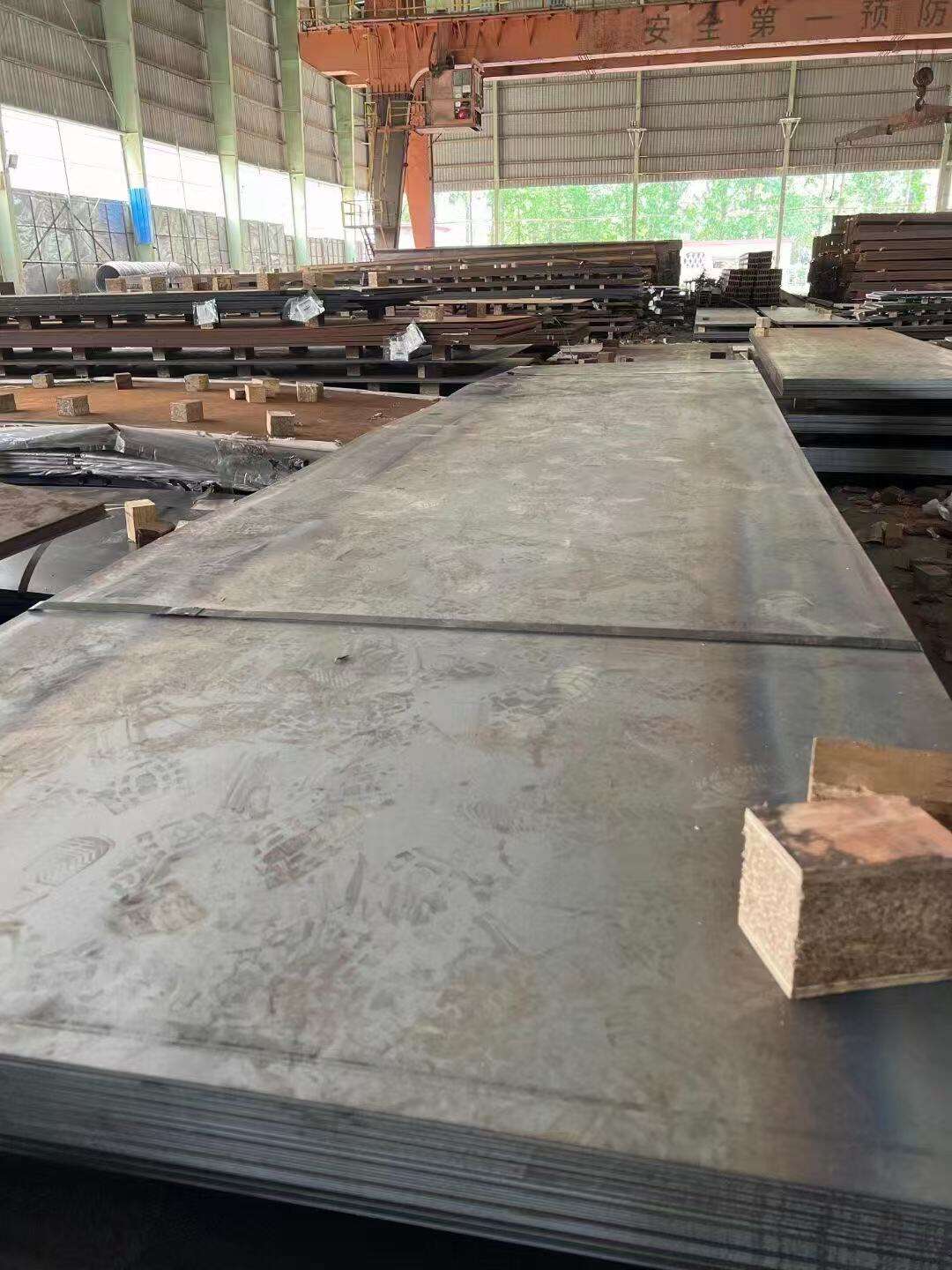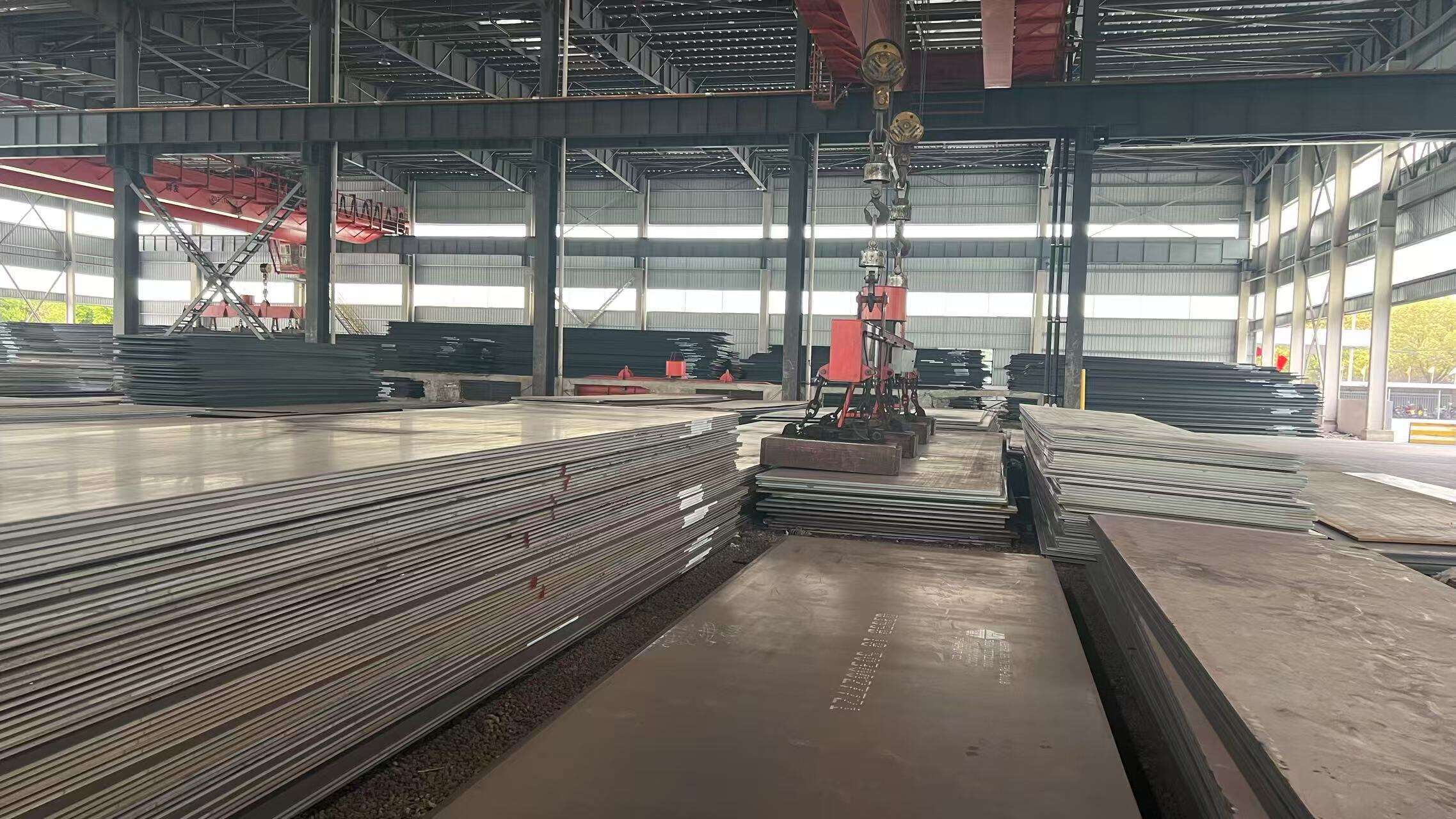Versatile Multi-Functional Performance
The exceptional versatility of perforated weathering steel stems from its unique ability to simultaneously address multiple functional requirements within a single material system, delivering integrated solutions that traditional materials cannot match. This multi-functional capability combines structural load-bearing capacity with controlled ventilation, acoustic management, visual screening, and decorative aesthetics in one cost-effective package. Structural applications include load-bearing walls, column enclosures, and support panels that maintain full design strength while providing integrated airflow management for equipment cooling or natural ventilation systems. The material accommodates both gravity loads and lateral forces including wind and seismic loading without compromising perforation integrity or overall system performance. Ventilation functionality enables precise airflow control through calculated open area percentages and hole configurations that optimize air exchange rates for specific building requirements. This capability proves invaluable in applications ranging from parking garage ventilation and equipment screening to industrial process cooling and agricultural building climate control. Acoustic performance characteristics can be tailored through perforation design to achieve specific noise reduction coefficients, sound transmission class ratings, or reverberation control parameters. Highway sound barriers, industrial noise screens, and urban privacy panels benefit from customized acoustic properties that address site-specific noise sources and receptor sensitivities. Visual screening applications leverage adjustable transparency levels through perforation density variations, creating privacy barriers that maintain airflow and natural lighting while controlling sight lines. The material serves effectively in security applications where visual deterrence combines with maintained visibility for surveillance purposes. Decorative possibilities include custom perforation patterns that create artistic elements, corporate branding, or architectural features that enhance building aesthetics while providing functional benefits. The weathering steel's natural color evolution adds visual interest that changes subtly over time, creating dynamic facades that interact with environmental conditions. Filtration applications utilize controlled hole sizes for debris screening, sediment control, or particulate management in industrial and environmental systems. Fire safety applications benefit from the material's inherent fire resistance and ability to provide emergency ventilation while maintaining structural integrity under extreme conditions. This comprehensive versatility makes perforated weathering steel suitable for diverse markets including architecture, infrastructure, industrial, agricultural, and environmental applications.






